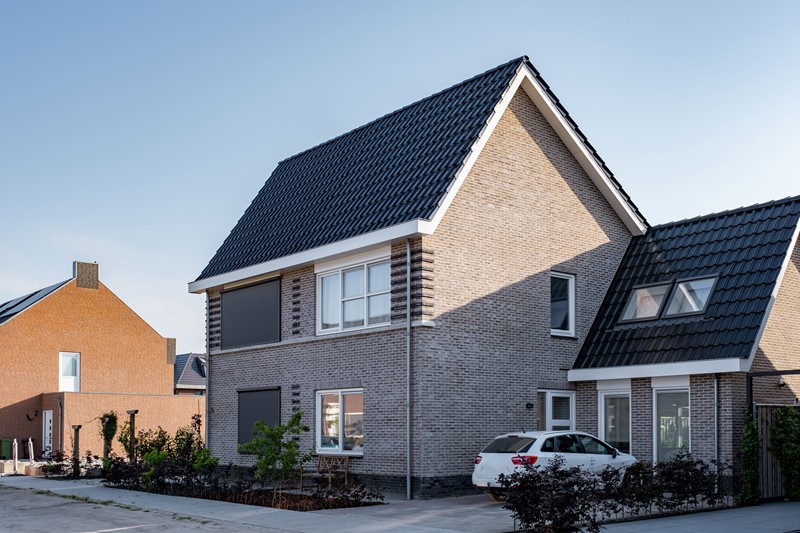Facts:
Mr. Ridgway bought a property in 2017 which comprised two separate registered titles for £6.5m. The first was a semi-detached house and gardens on Crick Road. The second was adjoining land and a building known as the Old Summer House. Both properties had separate entrances. The Old Summer House had originally been used as a garage and later as an artist’s studio.
He was advised by his solicitor that the transaction could be deemed a ‘mixed-use’ transaction and, therefore, be subject to a lower rate of Stamp Duty Land Tax (SDLT). Two weeks before completion, at the instigation of Mr. Ridgway, the vendors granted a commercial lease of the Old Summer House for a term of 6 months to a photographic studio business called Vine House Studios. The lease contained a covenant that the Old Summer House should not be used for residential purposes.
HMRC denied the relief on the basis that the Old Summer House was residential property because it was 'suitable for use as a dwelling'. Mr. Ridgway appealed to the First-Tier Tribunal (FTT) found that the Old Summer House was not residential property but invoked the SDLT anti-avoidance rule in FA 2003 s 75A of the Finance Act 2003 to conclude that, rather than being of mixed-use, the property was residential. However, multiple dwellings relief (MDR) was available, even though it had not been claimed. HMRC appealed the judgement.
Decision:
Both parties accepted that section 75A FA 2003 did not apply and the Upper Tribunal (UT) agreed. The main issue was whether there was a mixed-use. The UT had to determine whether the leased building was suitable for use as a single dwelling at the effective date. The UT agreed with the FTT that the Old Summer House was suitable for use as a dwelling despite the restriction imposed by the commercial lease. It came to that conclusion by noting that the restriction on the use of the building under the covenant was not determinative, as the FTT had decided, but was only one of the relevant factors to be taken into account. In this case, the use of the building as a photographic studio was a breach of planning control laws, so that, with conflicting legal restrictions, the physical attributes carried more weight.
The FTT failed to review past planning history as there was planning permission as a residential property. The Old Summer House had also residential use and would need a change of use if it were to be used commercially.
The UT rejected the argument that MDR should apply and that HMRC should have given credit for it. The UT noted that the MDR was not available due to the time limit for amending the return having passed. In the absence of any provision to make a claim out of time is consistent with the certainty and finality referred to by the CoA in Candy v HM Revenue and Customs [2022]. There was no scope for overpayment relief. Section 58D(2) is very clear as to when the relief must be claimed.
Implications:
The Upper Tribunal has confirmed a major unfairness in the SDLT rules. This judgement demonstrates that taxpayers should understand the risks when submitting an SDLT return with a claim for relief. A taxpayer needs to analyse whether SDLT or MDR would fit their situation better as there is no other recourse. It might seem unfair and the UT acknowledged such unfairness but SDLT is a self-assessed tax with hard-edged deadlines. The approach of the Upper Tribunal is also much broader regarding the effect of legal restrictions.

